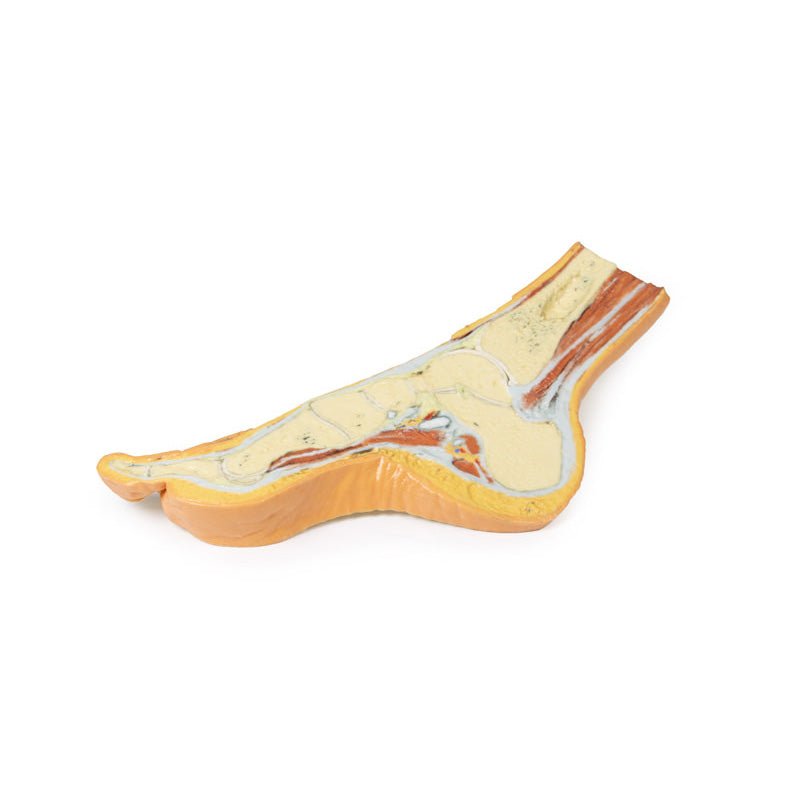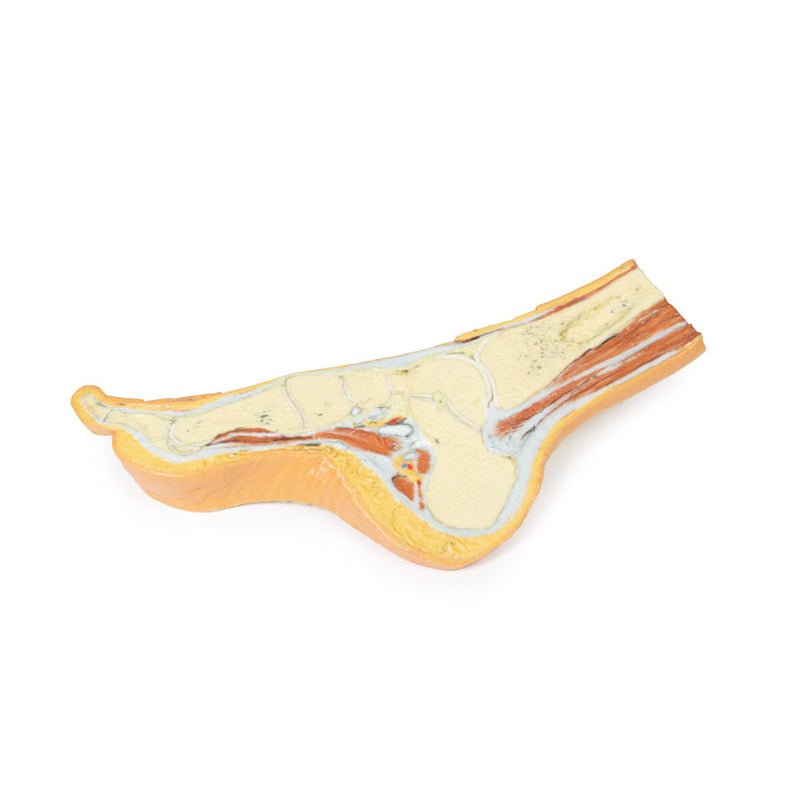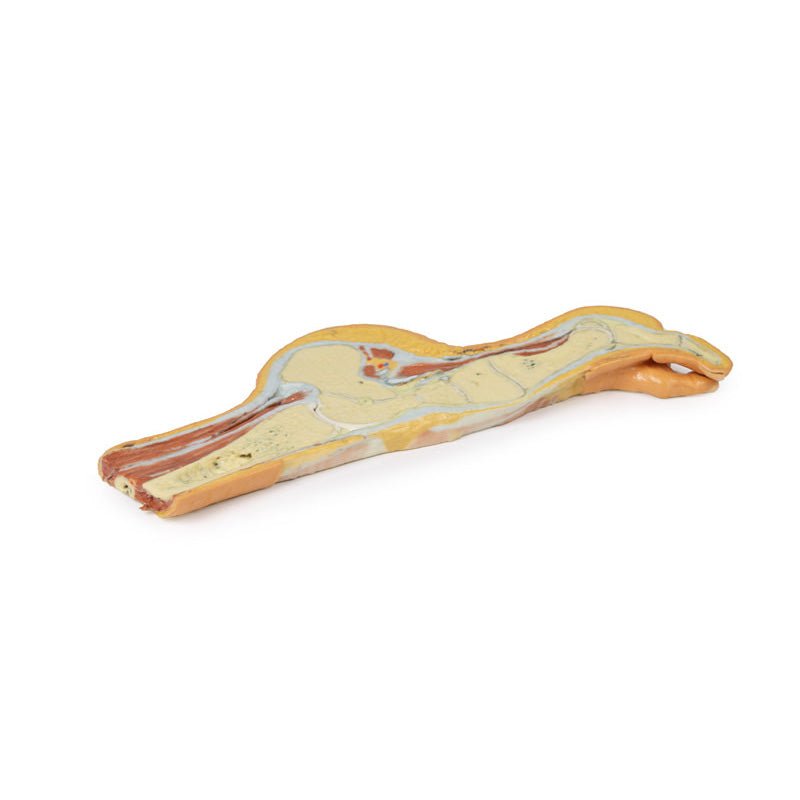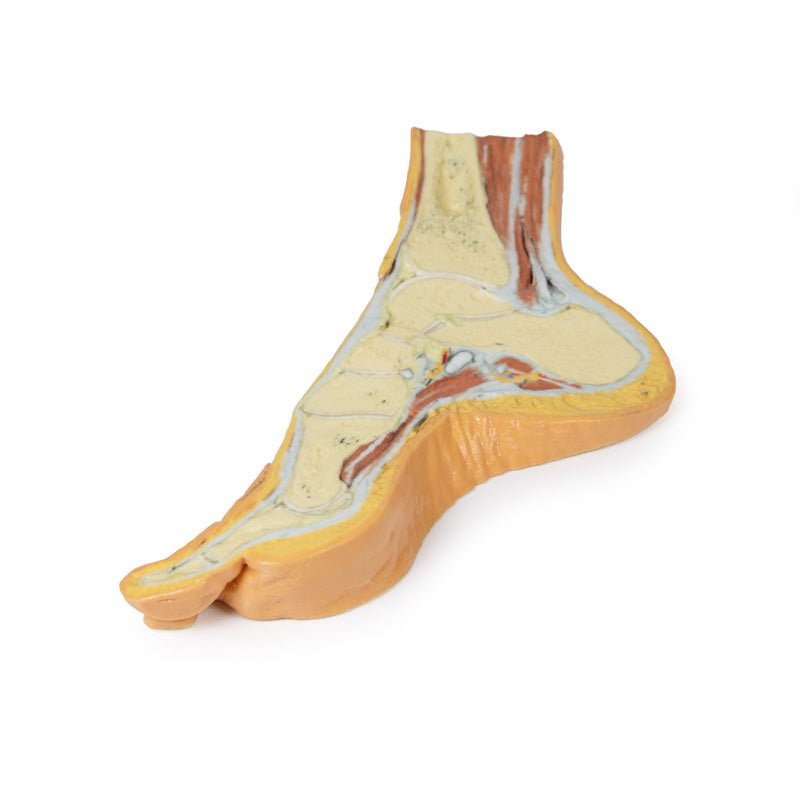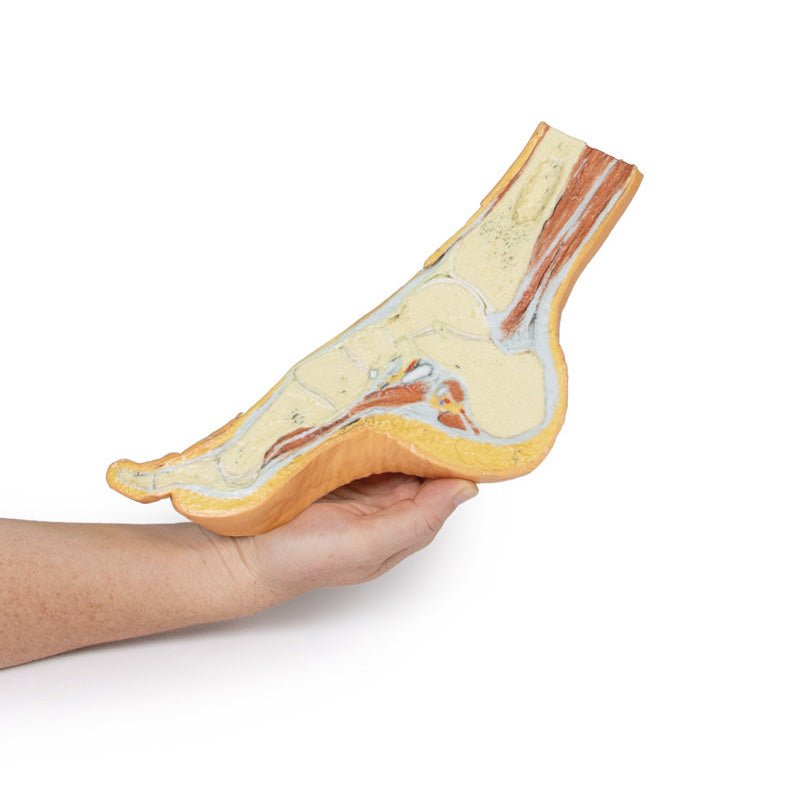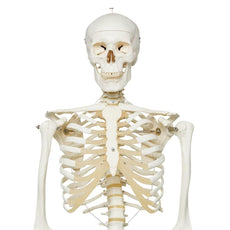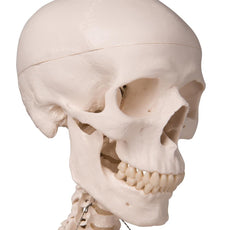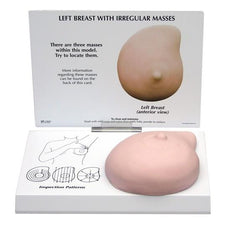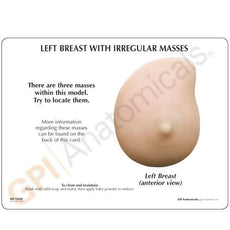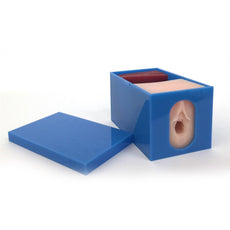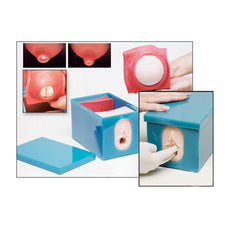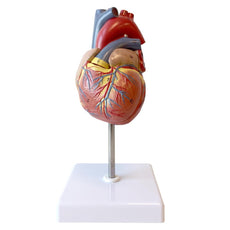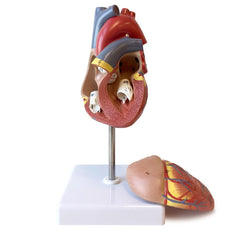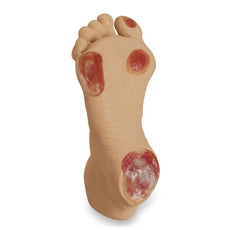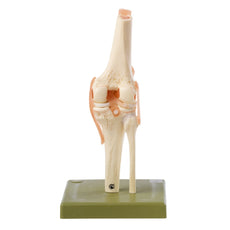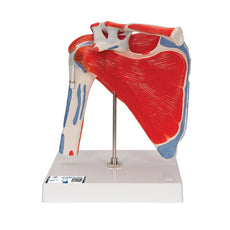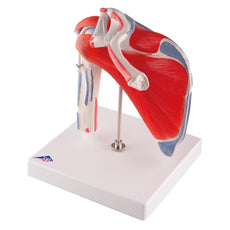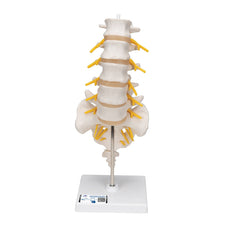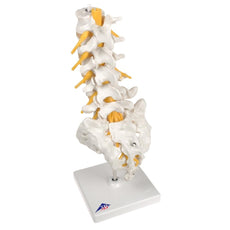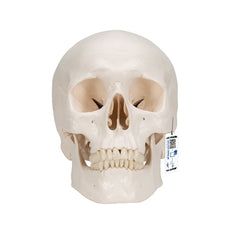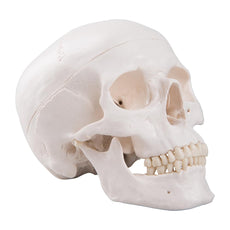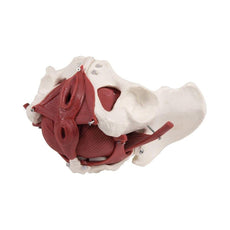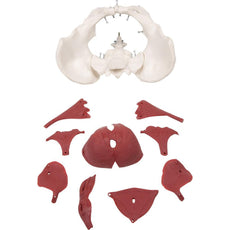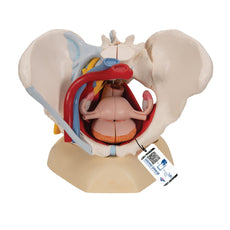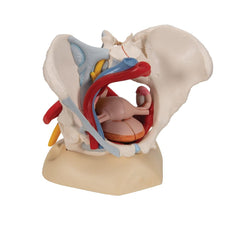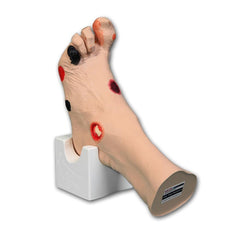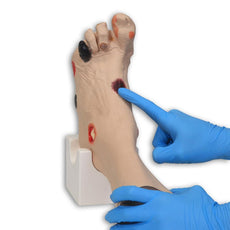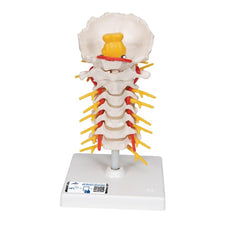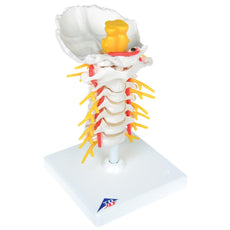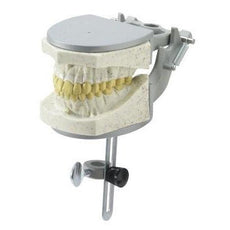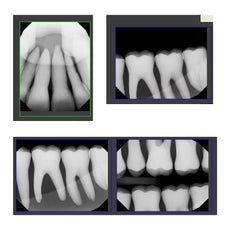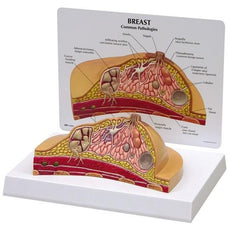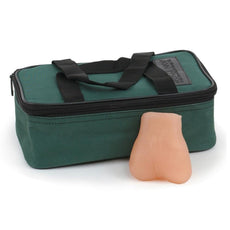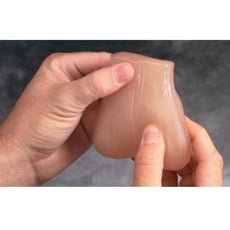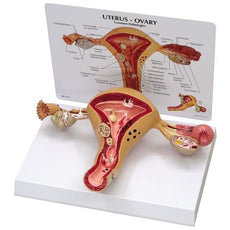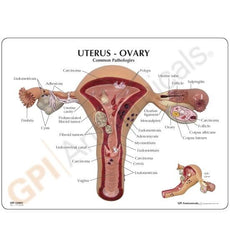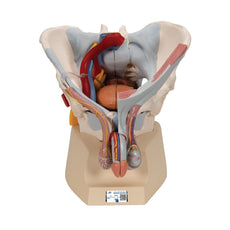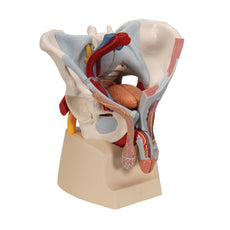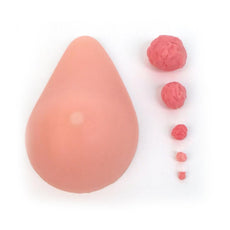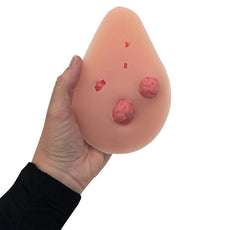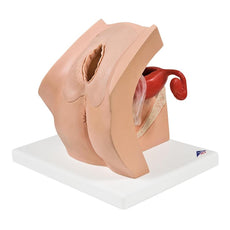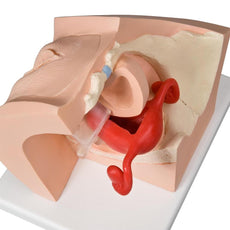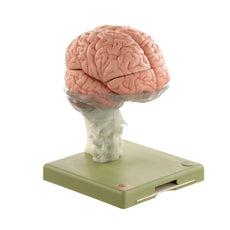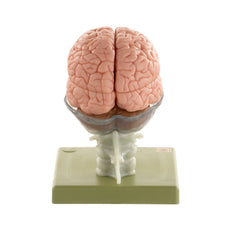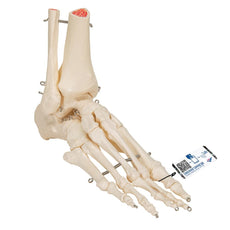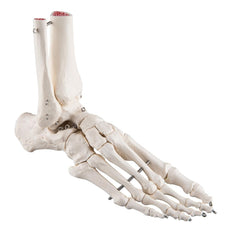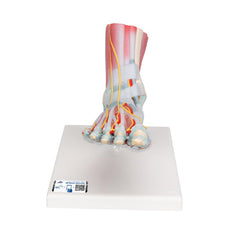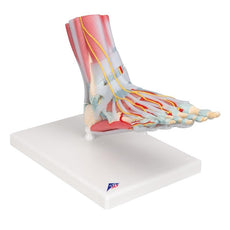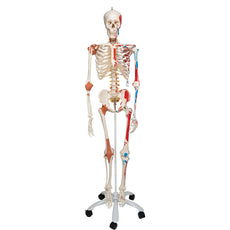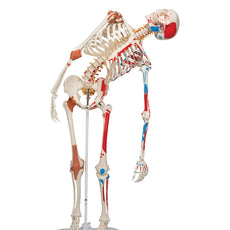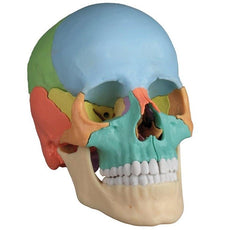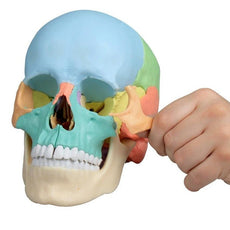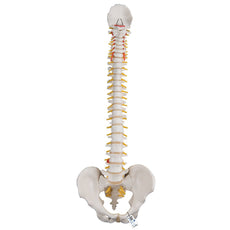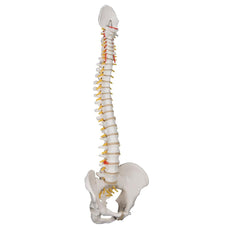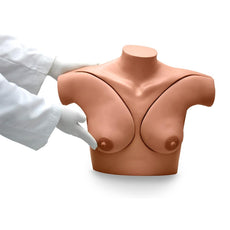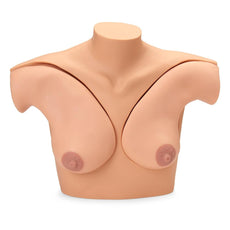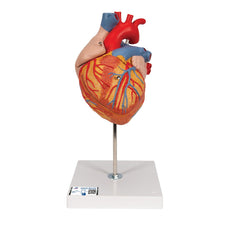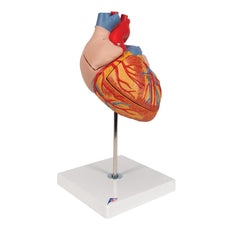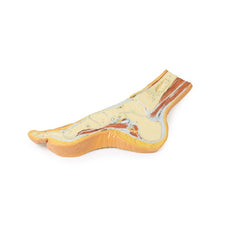Your shopping cart is empty.
3D Printed Foot Parasagittal cross-section Model
Download Handling Guidelines for 3D Printed Models
GTSimulators by Global Technologies
Erler Zimmer Authorized Dealer

4.0 lb
🎄 HOLIDAY SAVINGS - Ends Dec 31 🎄
Discount has been automatically applied for this item.
3D Printed Foot Parasagittal cross-section Model
Item # MP1850
$495.00
$550.00
You save $55.00
Need an estimate?
Click Add To Quote

Features & Specifications
-
by
A trusted GT partner -
FREE Shipping
U.S. Contiguous States Only -
3D Printed Model
from a real specimen -
Gov't pricing
Available upon request
Frequently Bought Together
3D Printed Foot Parasagittal cross-section Model
This 3D printed specimen provides a parasagittal cross-section through the medial aspect of the right distal tibia and foot, displaying the skeletal structures of the medial longitudinal arch of the foot and surrounding soft-tissue structures. Proximally, the tendocalcaneus is visible superficial to the deep posterior compartment muscles and can be seen inserting into the posterior calcaneus. On the plantar surface of the medial arch, the plantar aponeurosis extends from the calcaneus towards the digits (were a sectioned lateral sesamoid is positioned at the head of the hallux). Part of the lateral head of the flexor hallucis brevis and muscular fibres at the origin of the flexor digitorum brevis and quadratus plantae are preserved (with the lateral plantar neurovascular bundle sectioned). Deep to these muscular portions is the flexor digitorum longus tendon (passing obliquely) near the calcaneus and neck of the talus, and the terminal insertion of the tibialis posterior tendon is visible at the articulation of the navicular and medial cuneiform.Download Handling Guidelines for 3D Printed Models
GTSimulators by Global Technologies
Erler Zimmer Authorized Dealer
These items normal warranty are two years, however the warranty doesn’t cover “wear and tear”. The manufacturer does have 100% quality control on these models.
The models are very detailed and delicate. With normal production machines you cannot realize such details like shown in these models.
The printer used is a color-plastic printer. This is the most suitable printer for these models.
The plastic material is already the best and most suitable material for these prints. (The other option would be a kind of gypsum, but this is way more fragile. You even cannot get them out of the printer without breaking them).The huge advantage of the prints is that they are very realistic as the data is coming from real human specimen. Nothing is shaped or stylized.
The users have to handle these prints with utmost care. They are not made for touching or bending any thin nerves, arteries, vessels etc. The 3D printed models should sit on a table and just rotated at the table.
The models are very detailed and delicate. With normal production machines you cannot realize such details like shown in these models.
The printer used is a color-plastic printer. This is the most suitable printer for these models.
The plastic material is already the best and most suitable material for these prints. (The other option would be a kind of gypsum, but this is way more fragile. You even cannot get them out of the printer without breaking them).The huge advantage of the prints is that they are very realistic as the data is coming from real human specimen. Nothing is shaped or stylized.
The users have to handle these prints with utmost care. They are not made for touching or bending any thin nerves, arteries, vessels etc. The 3D printed models should sit on a table and just rotated at the table.

by — Item # MP1850
3D Printed Foot Parasagittal cross-section Model
$495.00
$550.00
Add to Cart
Add to Quote



